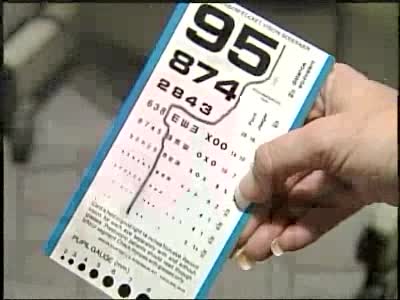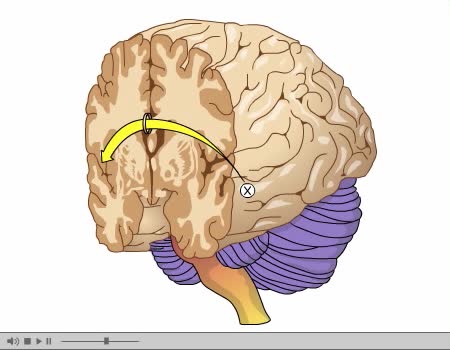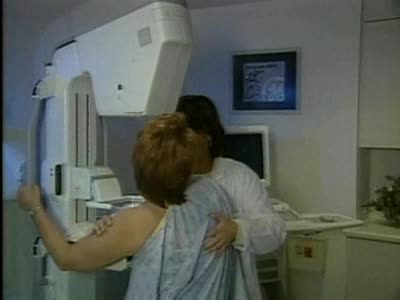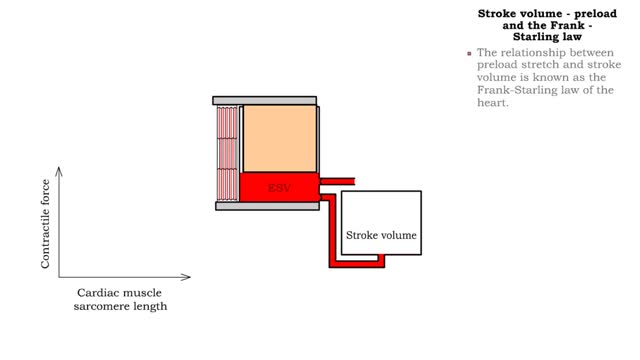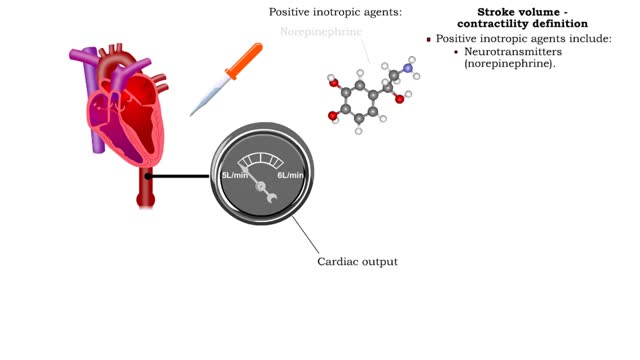Search Results
Results for: 'driving force'
By: Administrator, Views: 14665
A cataract is a clouding of the lens in the eye which leads to a decrease in vision. Cataracts often develop slowly and can affect one or both eyes. Symptoms may include faded colors, blurry or double vision, halos around light, trouble with bright lights, and trouble seeing at night. This may re...
By: HWC, Views: 11447
A baroreceptor is a specialized nerve ending that allows your brain to sense blood flow and blood pressure in the major blood vessels of your circulatory system. • The aortic arch carries blood to the body. • The common carotids carry blood to the head. • Baroreceptors measure chang...
Bulk flow - Factors that influence bulk flow
By: HWC, Views: 11932
• Bulk flow helps regulate the relative volumes of blood and interstitial fluid. • Flow from blood to interstitium is called filtration. ■ Flow from interstitium to blood is called reabsorption. ■ Four factors determine the net direction of capillary exchange. ■ These factors in...
Studying the Left and Right Brain Independently
By: Administrator, Views: 14973
A seizure, technically known as an epileptic seizure, is a period of symptoms due to abnormally excessive or synchronous neuronal activity in the brain. Outward effects vary from uncontrolled shaking movements involving much of the body with loss of consciousness (tonic-clonic seizure), to shakin...
By: Administrator, Views: 435
Mammography (also called mastography) is the process of using low-energy X-rays (usually around 30 kVp) to examine the human breast for diagnosis and screening. The goal of mammography is the early detection of breast cancer, typically through detection of characteristic masses or microcalcificat...
Stroke volume - afterload definition & hypertension
By: HWC, Views: 11074
• Pressure (or other resisting force) that ventricles must overcome to push open semilunar valves and eject blood. ▪ Normally, the left ventricle blood pressure must overcome arterial pressure in the aorta. ▪ Abnormally high blood pressure, or hypertension, increases aortic pressure w...
Stroke volume - preload, sarcomere length and Frank -Starling law
By: HWC, Views: 11319
• Sarcomere length affects muscle tension and the force of contraction. • Increased muscle stretch (increased sarcomere length) at the beginning of contraction increases tension produced during the contraction. • A more forceful contraction ejects more blood, thus increasing stroke volu...
Stroke volume - contractility definition
By: HWC, Views: 11394
Contractility is the forcefulness of contraction of cardiac muscle. • Inotropic agents are substances that increase or decrease contractility (and stroke volume). • Positive inotropic agents increase contractility and will increase stroke volume and cardiac output. • Negative inotropi...
Stomach peristalsis & Enterogastric reflex
By: HWC, Views: 11156
• Food enters, distending the stomach. • Stretch receptors activate enteric reflexes that promote peristaltic movements. • These movements, called mixing waves, begin to mix the food with stomach secretions. • Mixing waves force the digesting food (chyme) toward and through the pylo...
Advertisement



